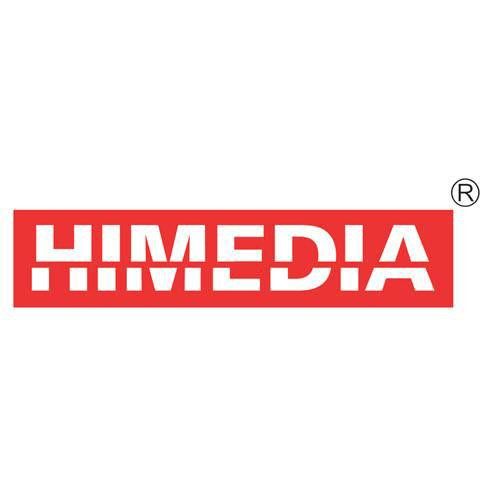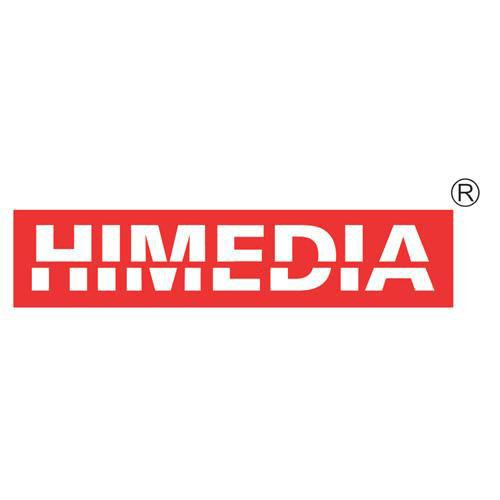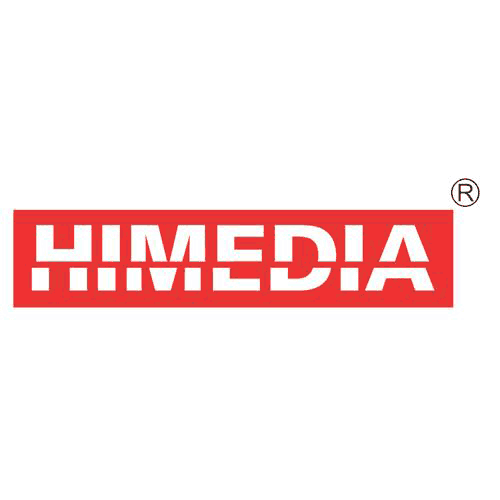Salmonella and Shigella are gram-negative, facultatively anaerobic, non-sporulating rods in the family Enterobacteriaceae . They are widely distributed in animals, infecting mainly the stomach and the intestinal tissues. SS Agar is recommended as differential and selective medium for the isolation of Salmonella and Shigella species from pathological specimens (1) and suspected foodstuffs (2, 3, 4, 5) and for microbial limit test (6). SS Agar is a moderately selective medium in which gram-positive bacteria are inhibited by bile salts, brilliant green and sodium citrate. Peptic digest of animal tissue and beef extract provide essential growth nutrients. Lactose is the fermentable carbohydrate. Brilliant green, bile salts and thiosulphate selectively inhibit gram-positive and coliform organisms. Sodium thiosulphate is reduced by certain species of enteric organisms to sulphite and H2S gas. This reductive enzymatic process is attributed to thiosulphate reductase. Production of H2S gas is detected as an insoluble black precipitate of ferrous sulphide, formed upon reaction of H2S with ferric ions or ferric citrate, indicated by black centered colonies. The high selectivity of Salmonella Shigella Agar allows the use of large inocula directly from faeces, rectal swabs or other materials suspected of containing pathogenic enteric bacilli. On fermentation of lactose by few lactose-fermenting normal intestinal flora, acid is produced which is indicated by change of colour from yellow to red by the pH indicator neutral red. Thus these organisms grow as red-pigmented colonies. Lactose non-fermenting organisms grow as translucent colorless colonies with or without black centers. Salmonella species exhibit colourless colonies with black centers resulting from H2S production. Shigella species form colourless colonies, which do not produce H2S. While using samples suspected of being exposed to treatments that might have damaged the viability of microorganisms due to processing of food materials or samples from patients under antibiotic treatment etc., previous enrichment in Selenite cystine Broth Base (M025) or Tetrathionate Broth Base (M032) is necessary. Inoculate SS Agar plates with the enriched culture. After incubation the suspicious colonies should be subcultured on differential media to be identified biochemically or serologically. It is recommended to inoculate plates of less inhibitory media parallel to SS Agar, such as Hektoen Enteric Agar (M467) or Deoxycholate Citrate Agar (M065) for easier isolation of Shigella species (7). Storage and Shelf-life: Store below 30°C in tightly closed container and the prepared medium at 2 - 8°C. Use before expiry date on the label. References: 1. Murray P. R., Baron J. H., Pfaller M. A., Jorgensen J. H. and Yolken R. H., (Eds.), 2003, Manual of Clinical Microbiology, 8th Ed., American Society for Microbiology, Washington, D.C. 2. Downes F. P. and Ito K., (Eds.), 2001, Compendium of Methods for the Microbiological Examination of Foods, 4th Ed., APHA, Washington, D.C. 3. Wehr H. M. and Frank J. H., 2004, Standard Methods for the Microbiological Examination of Dairy Products, 17th Ed., APHA Inc., Washington, D.C. 4. Eaton A. D., Clesceri L. S., Rice E. W., and Greenberg A. W., (Eds.), 2005, Standard Methods for the Examination of Water and Wastewater, 21st Ed., APHA, Washington, D.C. 5. Williams S., (Ed.), 2005, Official Methods of Analysis of the Association of Official Analytical Chemists, 19th Ed., AOAC, Washington, D.C. 6. The United States Pharmacopeia, 2006, USP29/NF24, The United States Pharmacopeial Convention. Rockville, MD. 7. MacFaddin J. F., 1985, Media for Isolation-Cultivation-Identification-Maintenance of Medical Bacteria, Vol. I, Williams and Wilkins, Baltimore.
- UPC:
- 41106200
- Condition:
- New
- Availability:
- 3 Days
- Weight:
- 1.00 Ounces
- HazmatClass:
- No
- WeightUOM:
- LB
- MPN:
- M1032-500G















